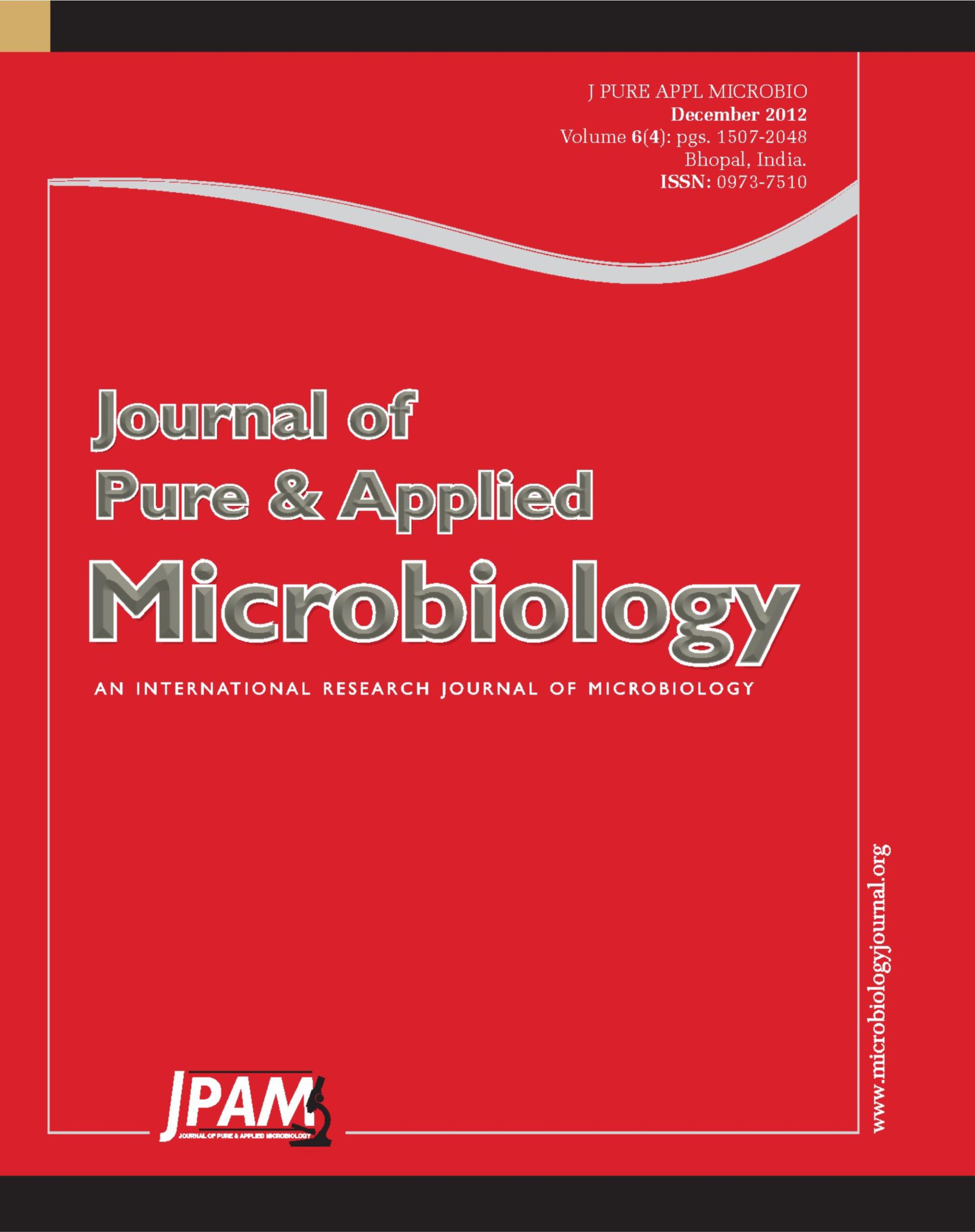An investigation was conducted to study the diversity of entomopathogenic bacteria Bacillus thuringiensis, in rice ecosystem in UKP area Karnataka, India. Survey was conducted to collect soils from different places and Bacillus thuringiensis were isolated. Totally 72 B. thuringiensis isolates were collected from the survey. The cell sizes of the B.thuringiensis isolates varies from 1.45×0.83 µm to 3.49×0.63 µm, where as endospore size varies from 0.83-0.66 µm to 1.66-0.66 µm. Among collected bacteria 64 % of the isolates produced bipyramidal crystal shape and 3 % produced triangular shape, 9 % produced bipyramidal and triangular shape, 9% produced spherical, 2 % produced ovoid and 2% produced triangular and bipyramidal shape. The pathogenicity of isolates against 2 nd instars Diamond back moth larvae showed, mortality ranged from 0 to 100 per cent. Bioassay showed that LC50 value was minimum in Thanegundi isolate (1.9×10-4) followed by Karkalli, Yevur and Gogi isolates.
Bacillus thuringensis, Bioassay, Crystal protein staining and Rice ecosystem
© The Author(s) 2012. Open Access. This article is distributed under the terms of the Creative Commons Attribution 4.0 International License which permits unrestricted use, sharing, distribution, and reproduction in any medium, provided you give appropriate credit to the original author(s) and the source, provide a link to the Creative Commons license, and indicate if changes were made.


